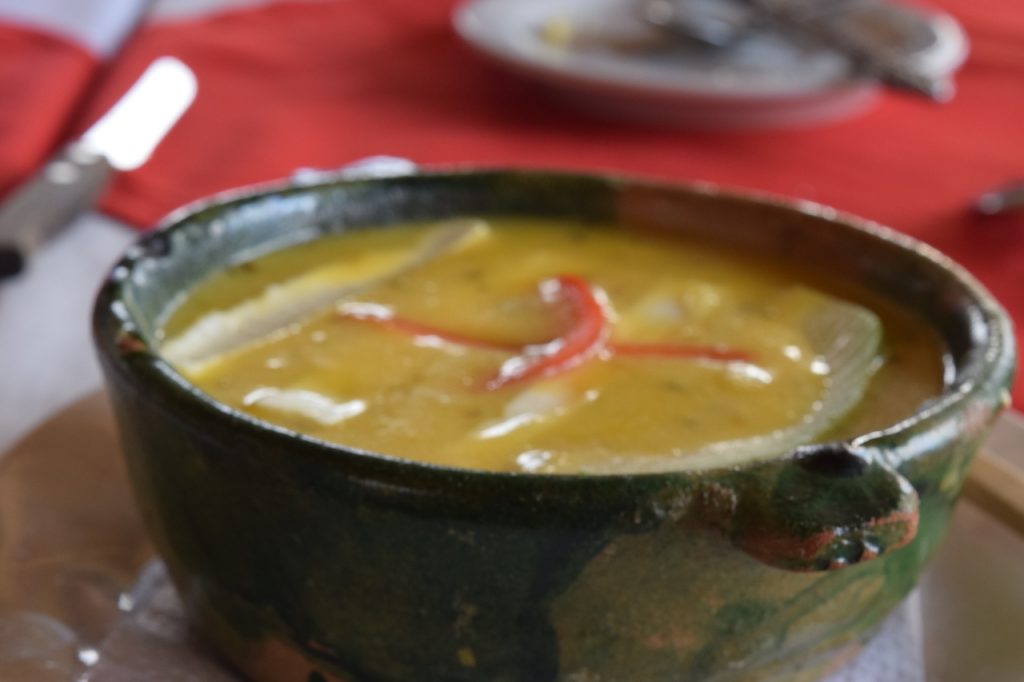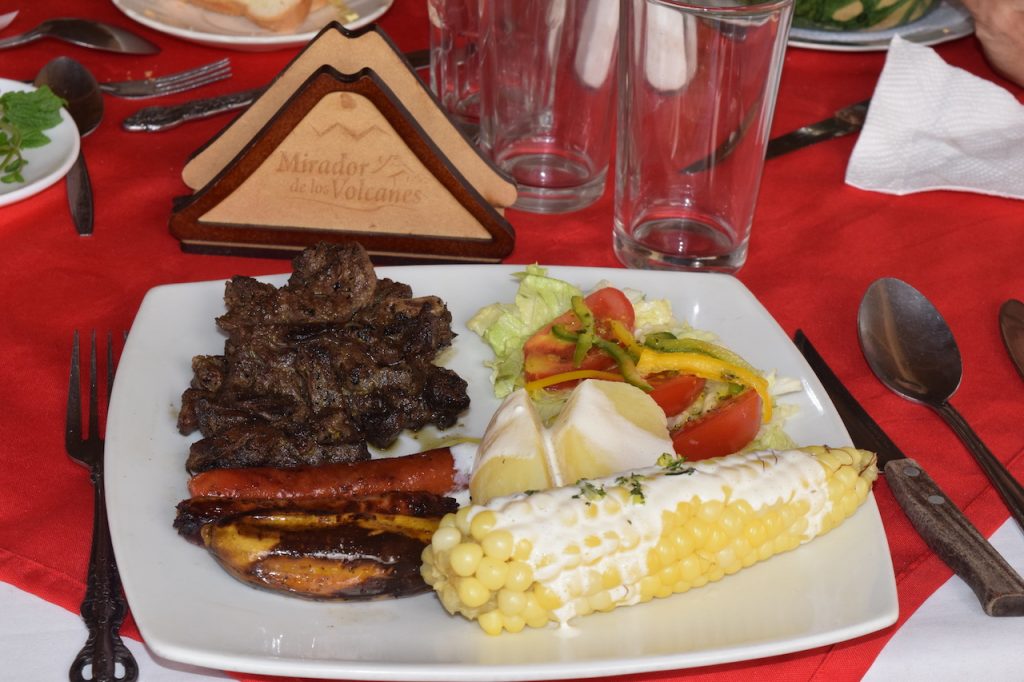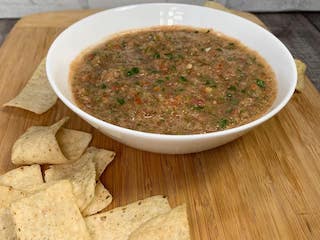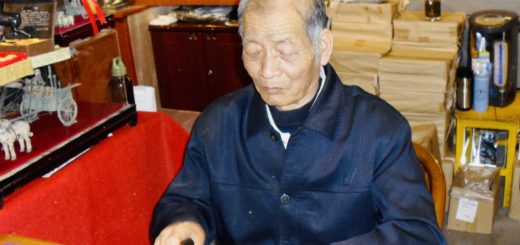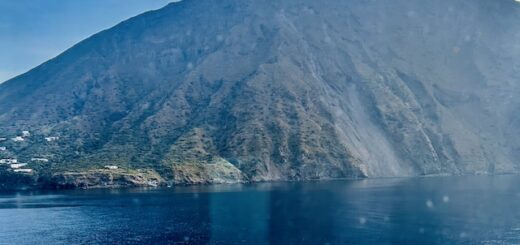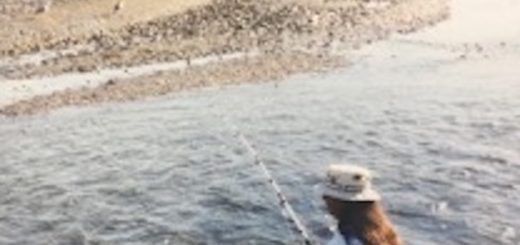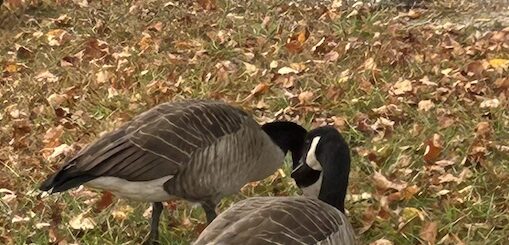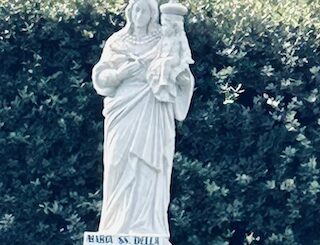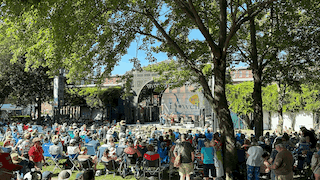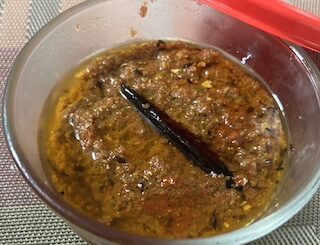Cotopaxi, Ecuador, South America

It took me a long time to get back to my writing because of other commitments. I can’t wait to tell you all about Cotopaxi. It was only day three, Monday, November 5, in Ecuador for us. We covered four important sites the day before. Since we were in Quito only for a total of 5 days, our plan included Cotopaxi, Quilotoa, and Quito’s, much recommended, Historic City Center.
We were ready to take on Cotopaxi, which is one of the highest active volcanoes in the world. The trip, we were told, would take the whole day because it was almost more than two hours away from Quito. We arranged a taxi for 10:30 departures, which gave us ample time to get ready, and have breakfast. Since we were not too impressed with coffee at Ambato Bakery the day before, we decided to pick up our favorite breakfast items from there and have breakfast at the apartment. Was it a great idea? The answer is that that was the only breakfast we had in the apartment.
Our taxi was on time, we carried everything we needed including some snacks and drinks. The drive turned out to be very pleasant and stress free. We were going through a stretch of high, winding road with a view of mountains that created a backdrop to layers of trees and fields that were many different shades of green and looked as though borrowed from fairy tales. Gazing out of the car windows forced us to relax and enjoy the phenomenal nature’s panorama.

Jose, was a great driver and gave us the information about the places we were passing on our way to Cotopaxi, and answered all the questions we had for him. Call it a bonus for me, because I was an interpreter between him and the rest of us, conveying information accurately from Spanish to English and vice versa.
When we first arrived at the entrance of the park, we were to register at the main ranger station. They wanted passports or driver’s license for identification. After the registration, we had to hire a local guide/driver to drive us around. The guide/driver, Marco, was the only one around at the time, therefore, he was assigned to the task. He spoke limited English which was bordering on non-existent. But fortunately he spoke immaculate Spanish. Marco, as I found out during the course of my conversation with him, was an indigenous Ecuadorian whose first language was Qechua, and Spanish was his second language. And he was a college graduate. Not only his command of Spanish was impressive, but his accent did not seem to have strong Qechua influence which would have been hard for me to understand.
Marco drove us to the base of Cotopaxi volcano at 3,892m (almost 13000 ft.) and surrounding Cotopaxi National Park. The park spans 84,000 acres (34,000 hectares) and encompasses three volcanoes. Immensity of the Park and its spectacular surroundings was beyond description. It was a clear, beautiful day and yet you could see that Cotopaxi was totally shrouded by snow white fluffy clouds, its conical shape reminded me of Paramount picture logo. You could just steep in nature’s splendor even without being a climber or a hiker. As we stood alongside the mountain we were able to palpably see the clouds roll over the peaks making it an ever more fascinating spectacle. These were the moments-in-time that wiped away all the anxiety making for a humbling experience and realization of man’s cosmic insignificance.
Marco was a good guide, he stayed close to us and also acted as a cameraman. He pointed out a herd of wild horses near the road and gave a history of how the horses came to Ecuador. Apparently, there were no horses in Ecuador until the Spanish Conquistadors introduced them to the country. Since then Cotopaxi National Park has been a home to wild horses. I believe that our presence had been detected by the herd of wild horses grazing close to the road, because they started walking away at a good clip. It was very obvious that they didn’t appreciate intruders.
After that we headed to Limpiopungo lagoon area where we spent some time, but not enough to even begin to get a sense of the place where there was so much to see and learn. The lagoon is at an altitude of 3800m and was formed by meltwater from the mountains and is a home to many bird species. A very clean, and well maintained walkway from where the views were pure bliss. The walkway was flat and delightful for a short stroll. The day we went was quite warm with no wind. We were told that the area has been in use as a campsite and also for picnicking. The rules were well established and enforced to prevent people from littering the area. There were signs for people to clean up and carry away their own trash. Great place to visit
I highly recommend it to those who have more time to spend in the area and a longer vacation in the country. After a very pleasant time, we headed back to where Jose was waiting for us.
We planned to stop and have lunch on our way back. Jose and Marco decided on a place and we went to a restaurant called Mirador de los Volcanes (Avenue of the volcanoes). It was fairly big place with large windows all around, and from every direction you could see all three volcanes, the dormant Ruminawi Volcano, Sincholagua Volcano, and the largest Cotopaxi Volcano, in a line, hence the name, Mirador de los Volcanoes ( Avenue of the Volcanoes ). It was a humble family run restaurant with a good menu of grilled lamb, beef, and cuy (guinea pig) with potatoes, fried plantain, sausages, Ecuador corn with giant kernels, and avocado. Cuy (guinea pig) was highly recommended, but we opted for grilled lamb with all the sides.

A dramatic start was given to our meal with freshly baked delicious, sliced bread with habanero chili sauce. Habaneros are very popular in South and Central American countries.These are very hot chilies, rated 1000,000 – 350,000 on the Scoville scale, which in layman’s terms deadly hot. That was not a problem for our group of hot food aficionados, we lapped it up. We were very hungry and this was a great appetizer. A second appetizer, called Locro de papa (Ecuadorian potato soup) was wrongly named, because it did not look appetizing, but, I would say, it was just as memorable. It had chunks of potatoes, (I supposed for added texture), in the soup, and was garnished with crumbled Queso Fresco, cubes of avocados , and julienned pieces of red bell pepper. Surprisingly, it was a big hit with everyone.
The meal came in large plates with grilled lamb and all the aforementioned sides. Service was prompt, people were friendly, and the food was good. A great opportunity to experience Ecuadorian cuisine, and a peek into their indigenous culture. Leaving the park I felt a little sadness, as I left a piece of my heart in Cotopaxi
After the bill was settled, and as we left we knew that the drive back would be tiring. It went really well in the beginning but turned treacherous when we hit unexpected traffic jam. It took forever to get back. By then we were ready for a light supper and a good night’s sleep.
The next day we were to visit Quilotoa Volcano and its deep-blue crater lagoon that was formed 800 years ago after an eruption carved a large crater on top of the peak. More on that later.









